Backstage Pass: Tarragon Theatre’s Heather Caplap
It takes a village to build a show, and create theatrical magic.
But often it can be easy to focus solely on the front-facing creatives — actors, directors, choreographers — and forget about the other theatre makers who are responsible for bringing incredible shows to life. With Backstage Pass, Intermission’s newest Insider Intel series, readers can get to know the artists, creators, and administrators working hard behind the scenes to bring Toronto’s favourite theatre and initiatives to life.
This week, Intermission had the opportunity to chat with Heather Caplap, the education and community engagement manager at Tarragon Theatre, about puppets, programming, and what’s happening in Tarragon Theatre’s education and community engagement department.
How long have you been involved in the theatre industry?
Professionally, technically, only since I started at Tarragon about a year and a half ago. After my undergrad, I pursued other avenues outside of the arts, but you could say I was “casually” working in theatre for about a decade. I’ve been co-curating and producing an experimental puppetry cabaret called Café Concret in Montreal since 2013. And when I moved to Toronto six years ago, I co-founded its sibling cabaret, Concrete Cabaret. Through that collective, I also run a bi-annual puppetry festival called Objecto — our first [festival] took place between lockdowns in 2021, when everyone was just starting to go out again. It was so much fun. We’re very excited for our second-ever festival, which is coming up October 13 and 14 at Tranzac [Club].
Did you study puppetry and performance in school?
I did half my degree in theatre and development at Concordia University [in Montreal], which is actually the same program that Mike [Payette], our artistic director, attended. Sadly, it no longer exists — it had a specific bent on theatre for social change and activism. But then after the [2012] student strike, I switched to studio arts and finished my degree in the intermedia department, but I continued to make a lot of puppet shows on the weekends and perform them at various venues in Montreal.
What first drew you to theatre?
I first got involved in high school, doing community theatre and Theatre of the Oppressed with the Manitoba Theatre for Young People. Through that, I started to see theatre as a tool for social critique, activism, personal change, and growth. I also spent a number of summers [during my undergrad] in rural Vermont at Bread and Puppet theatre, an anarchist puppetry and community arts farm. Those two things were very formative experiences for me. But what keeps me in it, and what I continue to be inspired by, is supporting the next generation of creators.
I realized a long time ago that I’m not really interested in making my own work. What is really important to me is ensuring that there continues to be space for other people to experiment, explore, and create new work. That’s why I enjoy working in [education and community engagement]: I get to witness the creative journeys of young artists, including their experiences at the theatre with our shows. There’s something immediately gratifying about the support that I’m providing as an administrator in education.

What brought you to Tarragon Theatre?
I did an arts admin degree at Humber [College] in 2020/21, which is ultimately what brought me back to theatre. When I was looking for a job after I graduated, I saw that Tarragon was hiring in their education and community engagement department. It seemed like a really transformational time at Tarragon. Coming back after lockdown with new artistic leadership — it felt like a great opportunity to get in on the ground floor, help build the department, and contribute to the overall vibe and vision of the company’s new chapter. That was really exciting to me.
Tarragon has a strong commitment to supporting artists at all phases of their career and the new work that they’re creating. There’s so much development and workshopping that happens behind the scenes at Tarragon that the general audience doesn’t necessarily see. But that’s something that is important to me. My interest in art and theatre has always been rooted in contemporary work. It’s exciting to be working at a company that’s so focused on new work and the development process.
What’s your favourite part of your job?
Ultimately, it’s the people. I feel like that’s why a lot of us work in theatre: we like connecting with people. I love being an administrative facilitator for our national Young Playwrights Units (YPU). It’s such a joy to read everyone’s application and see how far the work has come when we stage excerpts months later as part of Play Reading Week. I also really enjoy co-curating the Greenhouse Festival with Justin Miller and other members of the team. As I mentioned, I have a history of programming short-form experimental performance pieces, so it’s gratifying for me to be able to bring that part of myself to Tarragon.
I enjoy making the resource guides to accompany all our shows. Rather than making a curriculum guide specifically geared towards schools, I make them for the general audience. They are a great access tool that helps contextualize the work. I think everyone can find something useful and interesting in them, and there’s been a lot of positive feedback from the audience, which feels good. Doing the research that goes into the resource guides also expands my understanding of the work we produce and it’s nice to share that.
Sounds like you have plenty of opportunities to stretch your creative muscles
Yes, I definitely do. It’s something I’m really grateful for. Tarragon’s lobby gallery has also become one of my pet projects. The company always had artwork in the lobby. But since I’ve come on, I’ve been able to take the lead in programming it. We’re doing open calls to visual artists in a way that wasn’t happening as much before. It’s something that I feel passionate about, and with my background being more interdisciplinary than strictly theatre, it’s nice to have the freedom to engage with visual art and help create an environment that connects to the plays we produce.
Do you have a favourite production that’s happened at Tarragon since you started in 2021?
I like different things about different shows for different reasons. But I have a pretty strong preference for satire, comedy, and traumedies. I like shows that are making a point but also not necessarily taking themselves too seriously. Pointed satire draws out the absurdity of what’s going on in the world.
This season, Redbone Coonhound was a big stand out for me. I thought it was so smart and funny. I had the pleasure of watching it with a number of high schools during one of our student matinees. It was a great piece for them because it invites so much energy and interaction. There’s a misconception that you need to be very formal at the theatre, that it’s a stuffy, buttoned-up place. That can be really hard, particularly for young people, if they haven’t been to the theatre much before. So a play like that, where there’s so much openness and an invitation to make noise and move around and respond… I think it’s important to have work like that, especially for younger folks.
What’s your favourite part of the theatre industry?
There’s such a thriving ecosystem in Toronto! I grew up in Winnipeg, and spent my early 20s in Montreal. Comparatively, Toronto has so many mid-sized and smaller theatres and indie theatres… it just feels like there’s more opportunity for artists to receive support and have workshops for their work. And to just see a lot of theatre. If there’s ever a night where I would like to go see a show, I usually have two to three options.

What do you do when you’re not at the theatre?
I spend a lot of time with my dog, Lola. She’s a little muscle-breed cross. She’s very cute, but she’s still young and rowdy, so she needs a lot of exercise and we go on lots of walks.
Finally, what is Tarragon’s education department working on right now?
Our season is wrapping up, so my main focus right now is getting the YPU ready for their presentation in Tarragon’s Play Reading Week. We have two playwriting units this year, a national and a local unit — six young playwrights altogether — and they’re all going to present a 15–20 minute excerpt of their new work. Similarly, we’re working on our East of Tarragon program, which is a partnership between Tarragon, University of Toronto Scarborough (UTSC), Scarborough Arts and a number of high schools in the Scarborough and Markham area. We support a group of young playwrights in the development of new scripts, which will then be performed by students from one of our partner high schools, Milliken Mills. They’ll be directed and stage-managed by UTSC students, with a free public performance happening at the Leigha Lee Browne Theatre at UTSC on June 15. So there’s a lot happening with all of our young playwrights’ programs.
Aside from that, I’m really excited about the launch of our new family programming series designed for youth under 12. We just announced it as part of our 2023–24 season, and it’s a really exciting way that we’re making our work more accessible to young families.
Finally, we’re rolling out a variety of student subscription passes to make our work more accessible to students. They’re similar to our other subscription packages, but with even greater price reductions — the seven show package is less than $100, and comes with all the benefits of the other packages. So it’s a pretty exciting way to help new audiences continue to experience our work.
You can learn more about Heather’s work at Tarragon here.
East of Tarragon and the Young Playwrights Unit are generously funded by TD Ready Commitment. The National YPU is generously funded by the Metcalf Foundation.



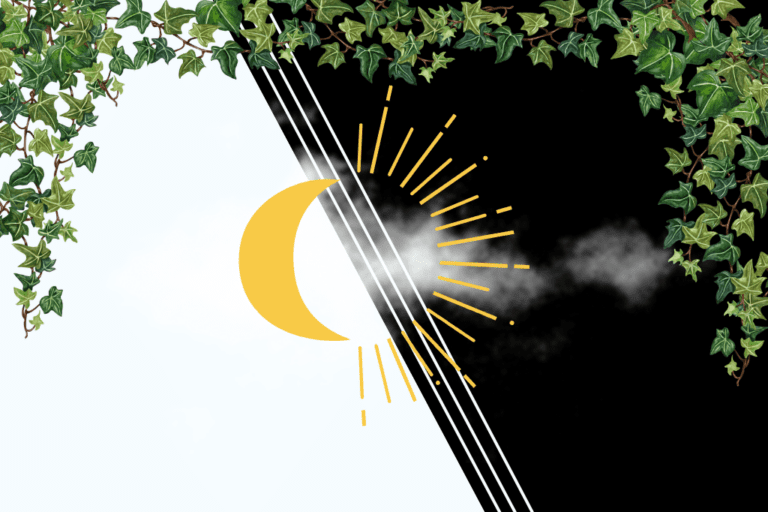


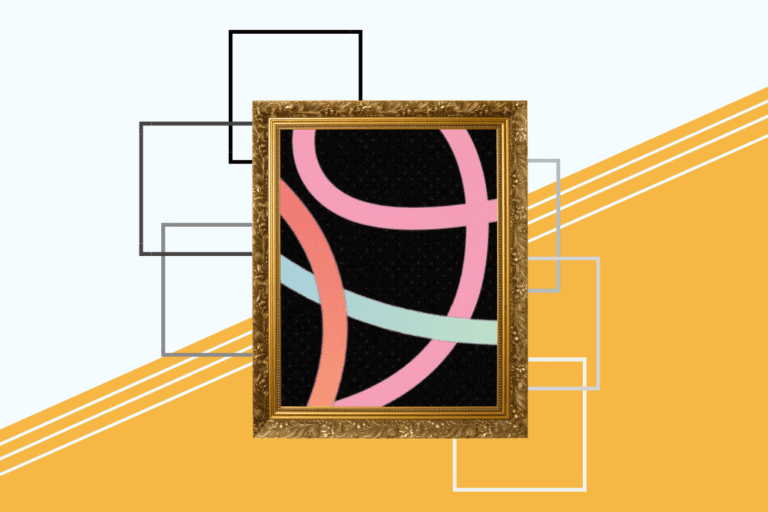




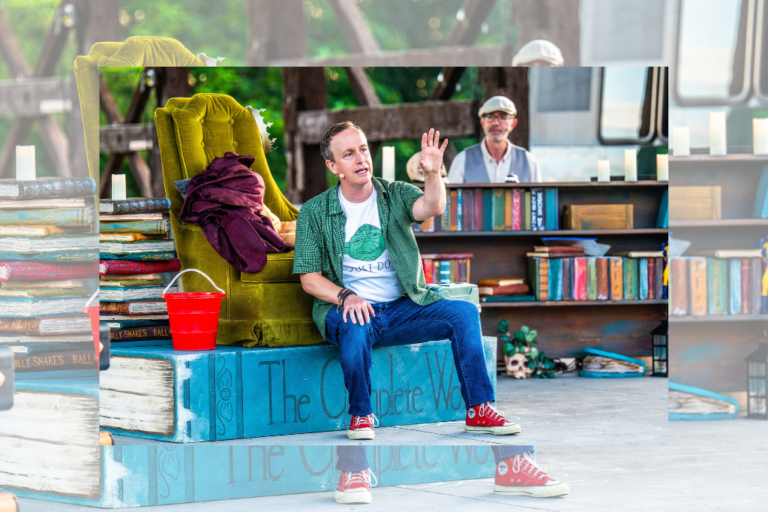
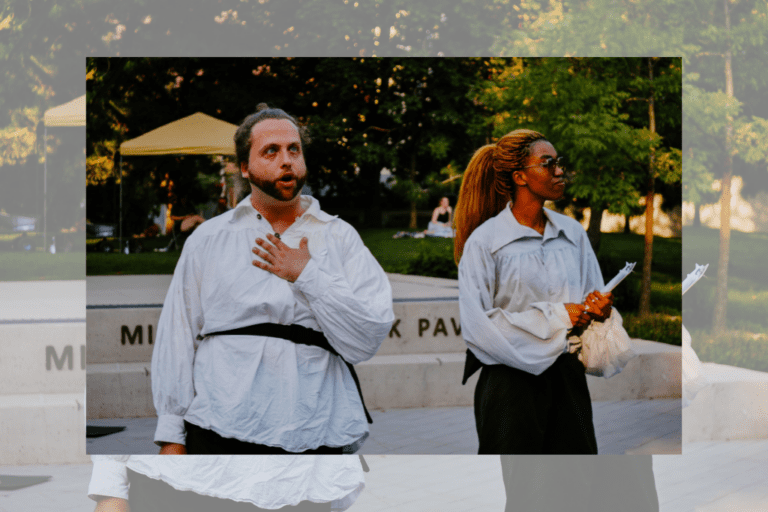
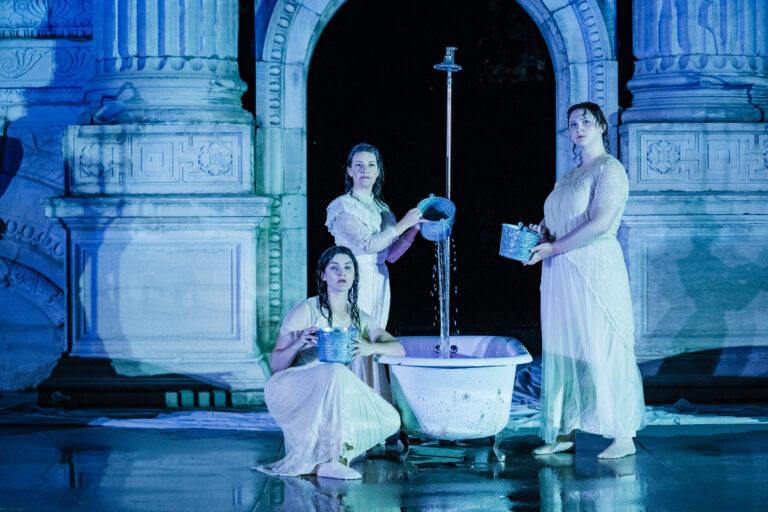

Comments